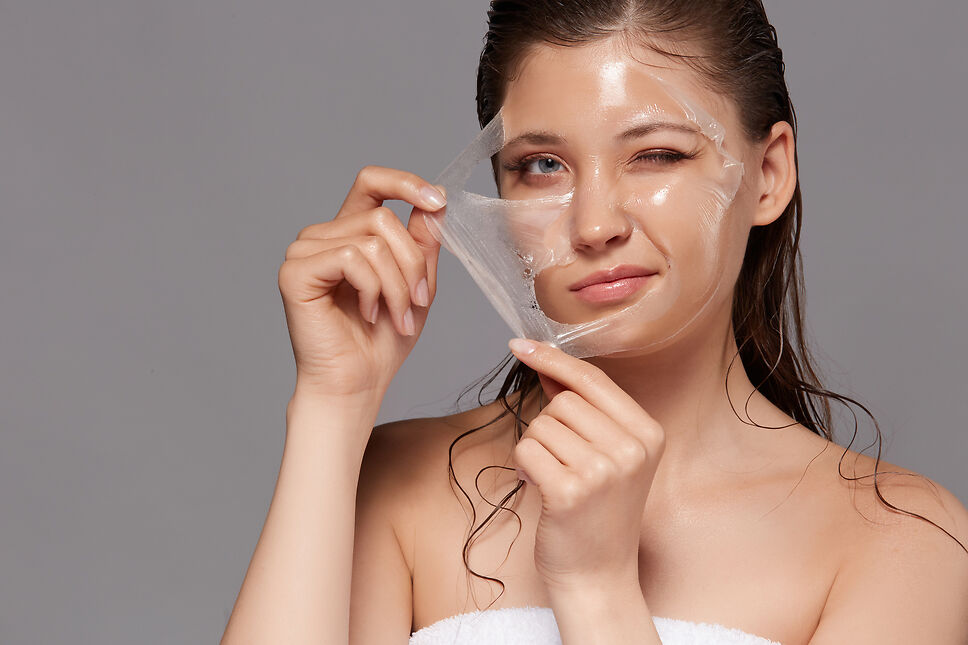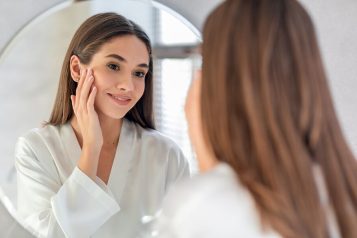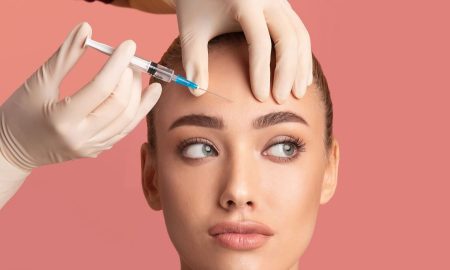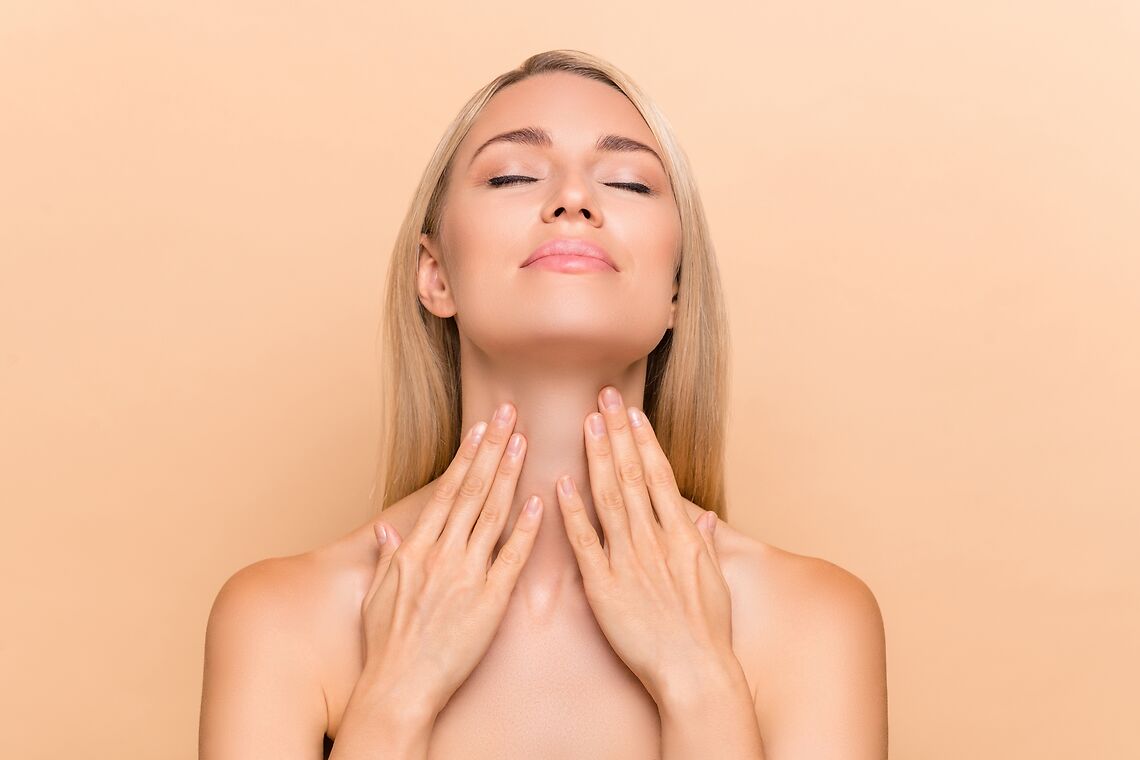The skin, being the body’s largest organ, undergoes the influence of diverse environmental factors, hormonal shifts, and genetic predispositions that may result in complexion-related issues such as pigmentation and melasma. These challenges not only influence our physical appearance but also have a profound effect on our self-esteem and confidence. However, with proper understanding and preventive measures, we can maintain healthier and more radiant skin. Discover helpful strategies and techniques in this guide for effectively safeguarding our skin and mitigating various skin conditions.
 Photo Credit: Courtesy of Shutterstock
Photo Credit: Courtesy of Shutterstock
Understanding Pigmentation and Melasma
Pigmentation refers to the coloration of the skin, which can be affected by the production of melanin, the pigment responsible for determining our skin’s hues. When melanin production becomes uneven, it leads to pigmentation disorders such as hyperpigmentation (dark patches) or hypopigmentation (light patches). Melasma, a specific type of hyperpigmentation, manifests as brown or grayish patches, commonly appearing on the face, particularly on the cheeks, forehead, and upper lip. It is often triggered by hormonal changes, sun exposure, and genetic factors.
Protective Measures to Prevent Complexion-Related Skin Issues
- Sun Protection: UV radiation is one of the primary triggers for pigmentation disorders. Therefore, wearing sunscreen with a high SPF (Sun Protection Factor) is crucial, even on cloudy days. Opt for broad-spectrum sunscreens that protect against both UVA and UVB rays. Reapply sunscreen every two hours, especially if you’re spending extended periods outdoors.
- Topical Treatments: Incorporate skincare products containing ingredients like hydroquinone, retinoids, vitamin C, niacinamide, and alpha hydroxy acids (AHAs) into your skincare routine. These ingredients can help fade existing pigmentation and prevent further darkening of the skin.
- Gentle Cleansing: Use mild cleansers that do not strip the skin of its natural oils. Harsh cleansers can exacerbate skin issues and disrupt the skin’s barrier function, leading to increased sensitivity and pigmentation.
- Moisturization: Keep your skin well-hydrated with moisturizers suitable for your skin type. Hydrated skin appears plump and healthy, which can minimize the appearance of pigmentation.
- Professional Treatments: Consider professional treatments such as chemical peels, microdermabrasion, laser therapy, or intense pulsed light (IPL) treatments performed by qualified skincare professionals. These treatments can target pigmentation more aggressively and effectively.
- Dietary Considerations: Consume a balanced diet rich in antioxidants, vitamins, and minerals, which promote skin health and repair. Foods high in vitamins C, E, and A, as well as antioxidants like green tea and berries, can help combat oxidative stress and inflammation associated with pigmentation disorders.
Issues tied to complexion, such as pigmentation and melasma, wield considerable influence over one’s confidence and overall quality of life. Embracing a holistic strategy that encompasses sun protection, skincare, lifestyle adjustments, and professional interventions can prove effective in managing these conditions. It’s essential to bear in mind that addressing skin concerns requires consistency and patience. Seeking guidance from a skin specialist ensures personalized advice and tailored treatment options. With diligent care and preventive measures, attaining a healthier, radiant complexion becomes not only achievable but also a confidence-boosting journey!
For more information, visit Dr. Brian A. Levine's social media:

























